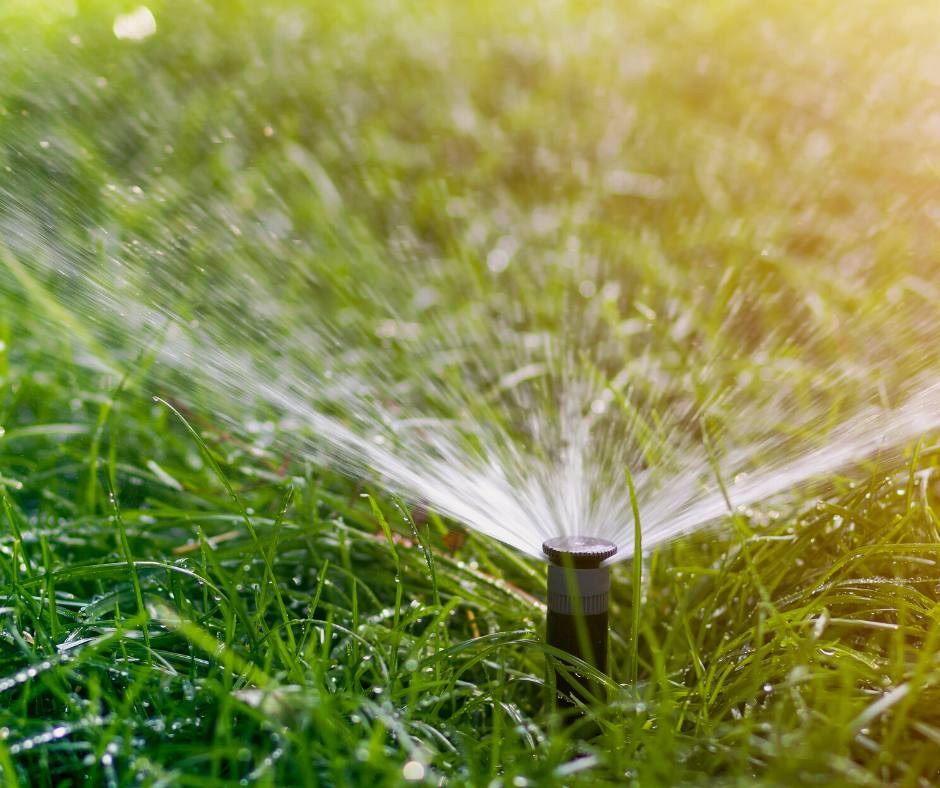Irrigation for Your Home
go.ncsu.edu/readext?878073
en Español / em Português
El inglés es el idioma de control de esta página. En la medida en que haya algún conflicto entre la traducción al inglés y la traducción, el inglés prevalece.
Al hacer clic en el enlace de traducción se activa un servicio de traducción gratuito para convertir la página al español. Al igual que con cualquier traducción por Internet, la conversión no es sensible al contexto y puede que no traduzca el texto en su significado original. NC State Extension no garantiza la exactitud del texto traducido. Por favor, tenga en cuenta que algunas aplicaciones y/o servicios pueden no funcionar como se espera cuando se traducen.
Português
Inglês é o idioma de controle desta página. Na medida que haja algum conflito entre o texto original em Inglês e a tradução, o Inglês prevalece.
Ao clicar no link de tradução, um serviço gratuito de tradução será ativado para converter a página para o Português. Como em qualquer tradução pela internet, a conversão não é sensivel ao contexto e pode não ocorrer a tradução para o significado orginal. O serviço de Extensão da Carolina do Norte (NC State Extension) não garante a exatidão do texto traduzido. Por favor, observe que algumas funções ou serviços podem não funcionar como esperado após a tradução.
English
English is the controlling language of this page. To the extent there is any conflict between the English text and the translation, English controls.
Clicking on the translation link activates a free translation service to convert the page to Spanish. As with any Internet translation, the conversion is not context-sensitive and may not translate the text to its original meaning. NC State Extension does not guarantee the accuracy of the translated text. Please note that some applications and/or services may not function as expected when translated.
Collapse ▲ Hopefully you have received rainfall recently from the numerous showers & thunderstorms, but if you have not, then you may need to irrigate your garden, be it vegetable, ornamentals, or turf. Plants signal their need for water – they may become a lighter color and they may droop or wilt. In turf-grass, you will be able to see your footprints after you walk on it and the leaves may droop or lose their shine.
Hopefully you have received rainfall recently from the numerous showers & thunderstorms, but if you have not, then you may need to irrigate your garden, be it vegetable, ornamentals, or turf. Plants signal their need for water – they may become a lighter color and they may droop or wilt. In turf-grass, you will be able to see your footprints after you walk on it and the leaves may droop or lose their shine.
Timing and placement of irrigation water is important as it is a limited resource that we do not need to waste. Irrigate early in the day when it is cooler and winds are usually low. This allows plants to use the water before it evaporates and the foliage to dry quicker reducing favorable conditions for disease. For trees and shrubs and vegetable gardens use soaker hoses or micro-irrigation. For lawns use sprinklers that produce large drops of water instead of a fine mist. If you have an irrigation system for your lawn, make sure you have a rain sensor so that if it has rained, the system defaults until the next scheduled application.
When you irrigate, it is recommended that you water deeply and less frequently. When you water often for short amounts of time, the water only penetrates the top surface of the soil, encouraging plants to have shallow roots. The shallow roots make the plants prone to damage from drought as well as cold damage in winter. Deep, less frequent irrigation encourages plants to produce roots that are deeper in the soil, reducing potential damage from drought or cold.
Use mulch in your vegetable garden, in ornamental beds and around trees in the landscape. Mulch helps to keep the soil cooler and to preserve moisture as well as helps to deter weeds.
If you garden in containers or raised beds, they may need irrigation every day. And trees and shrubs planted within the last year will need to be irrigated every 7-10 days if rainfall is insufficient.
Join the Extension Master Gardener℠ Volunteers of Union County from your air-conditioned home on Aug 4, at 7 p.m. for the Successful Gardener program. The speaker will be Todd Jackson, Farm Manager at Roots Farm in Waxhaw. Todd will discuss the use of cover crops in the fall, adding perennials, trees and shrubs, fall garden clean up and focus on starting your fall vegetable garden. This class is free but registration is required.




